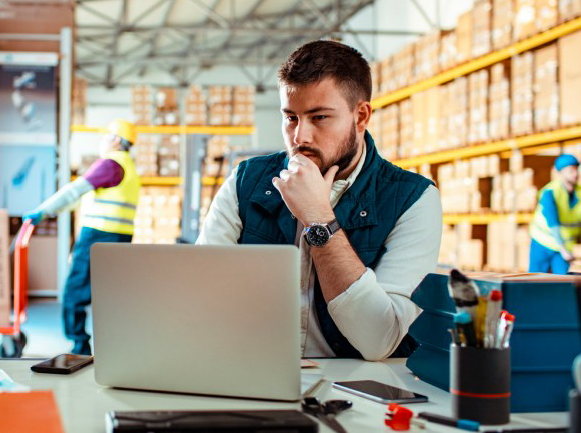
The changing landscape of final-mile delivery
The changing landscape of final-mile delivery
The landscape of final-mile delivery has changed profoundly over the last decade. Similar to the invention of the internet itself - early users were not sure how or why we could use it. The same bewilderment applied to the rise of e-commerce technology. Looking back now, we can see that in 2010, the general public were stuck in the old belief that online shopping was a complicated realm reserved for niche or specialty imports.
Buying clothes online seemed absurd considering you couldn’t feel the quality or fit of the item. It also felt far-fetched to imagine food delivery could expand past ordering pizza from down the street. Oh, how times have changed.
Nowadays customers want and expect everything delivered to their doors in record time - no matter if that item is perishable roses from Ecuador or a vintage album from a record store in Detroit.
Consumers want delivery transparency and proactive order updates
Large ecommerce companies, marketplaces and peer-to-peer websites offer their buyers detailed #WISMO (Where Is My Order) and step-by-step tracking online. This helps people manage their schedules and expectations around when a package will arrive. Parcel tracking has the added bonus of reducing the chance of “porch pirates" stealing boxes from doorsteps because thieves get to the door before the end-consumer is able to retrieve their package.
Parcel tracking technology keeps advancing in speed and sophistication, yet consumers become quickly accustomed to new conveniences. As they say, a luxury once enjoyed becomes a necessity. Customers want all the conveniences but may shy away from paying a premium for it. Hiding premium delivery costs inside the purchase price is a common strategy and a surprisingly effective way to improve brand perceptions. When a delivery is seamless, the product and brand are associated with ease and reliability in the consumer’s mind. The delivery process and optics are critical to brand perception.
To accommodate all this demand - a massive surge in startups has entered the last-mile delivery scene. New players are important as they can be nimbler and more innovative than larger companies. Start-ups may leverage new technologies such as AI, drones, green-tech, parcel lockers, courier robots, recycled packaging, e-bikes, rickshaws, and even e-skateboards. Managing these diverse delivery partners becomes critical for successful customer delivery experiences.
Worldwide parcel deliveries are estimated to increase by 78% by 2030
This increase in delivery volumes will result in a corresponding increase in emissions. Consumers increasingly expect more sustainable shipping options, so new efficiencies must be achieved as companies face massive pressure to reduce their carbon footprints.
Click-and-Collect is a popular innovation in the retail industry. It allows consumers to collect their items from a storage locker. This can be a faster and more convenient option than #BOPIS in that it can offer more flexibility for pick-up time and location.
What does the future hold for the final-mile delivery?
With this much capacity uncertainty and an evolving landscape it is more and more critical for shippers to be armed with adaptable shipping systems.
The Walgreen-Boots Alliance Corp. Is an example of a large company exploring new shipping systems; the pharmacy chain is now using its existing 8,700 locations and onsite staff to do double-duty as fulfilment centers. Typically, the last mile of the supply chain is the most expensive part - costing 53% more than other forms of shipping.
But in this scenario the pharmacy staff can quickly pick & pack online orders from existing inventory on their shelves. An abundance of pharmacy locations means the shops are usually very close to the consumer’s home delivering the items faster and cheaper.
How can SmartFreight help?
SmartFreight has a significant suite and range of global and local transport providers. Reporting, invoice reconciliation and personalised tracking portal are also useful features that allow the shipper to have clear visibility of every aspect of their shipping operation. 2023 saw the launch of a customisable returns portal, making it easy to manage the returns process. Shippers can capture the information they require as part of the returns process by tailoring their portal fields, plus they can determine the most appropriate carrier to be used and personalize the look and feel to their branding.
As businesses grow, the need for stronger systems to efficiently manage shipping increases – this is where SmartFreight comes in. SmartFreight will bring order and systematic processes, speeding up and automating the dispatch function of a warehouse. SmartFreight will automate carrier choice based on client business rules and any optimisation choices, thereafter, generating the appropriate carrier label.
For larger businesses with more complex needs SmartFreight will automate and simplify existing shipping rules allowing for additional carriers to be used, facilitating greater choice and redundancy

